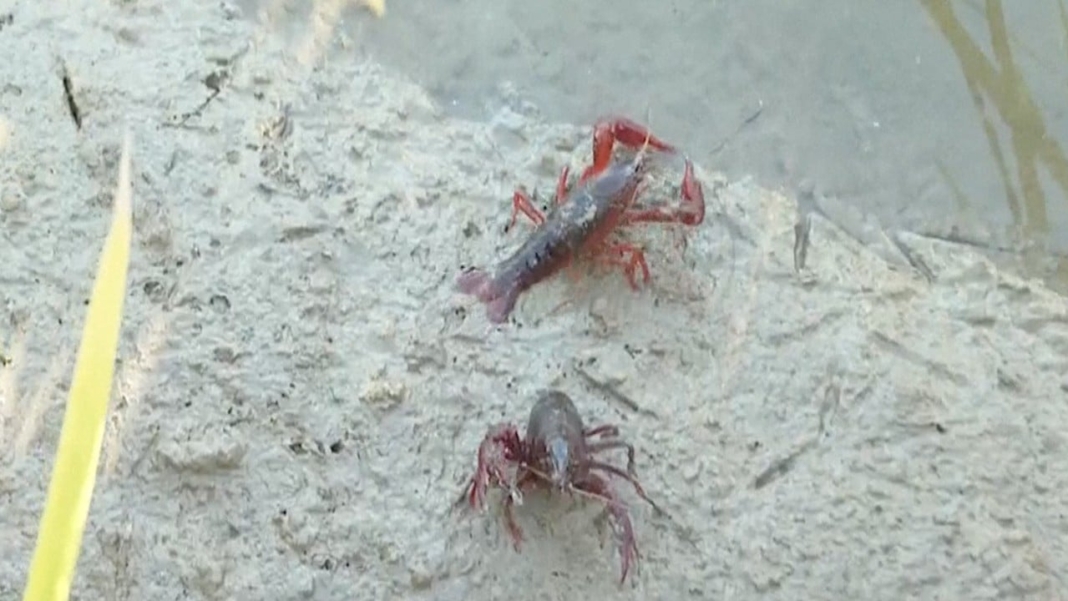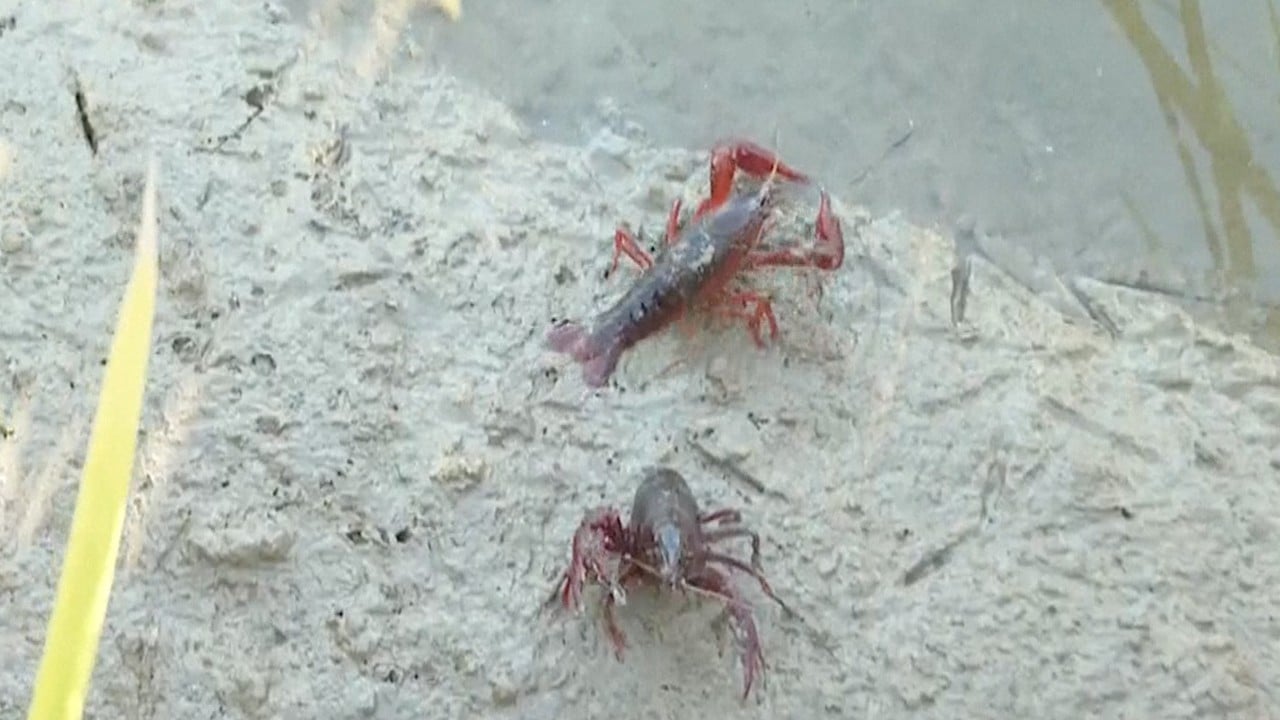A trial project in China has successfully cultivated high-value marine species, such as grouper, lobster and abalone, by utilising cold energy from liquefied natural gas (LNG) as it seeks to diversify the sources of its seafood and reduce overseas reliance.
The trial – which uses cold energy produced during the heat exchange between seawater and LNG – took place at an LNG receiving terminal in Shenzhen, Guangdong province, the state asset watchdog said on its official social media account on Thursday.
The project is estimated to reach an annual output of 50 tonnes and reduce costs by around 30 per cent compared to conventional farming methods, the State-owned Assets Supervision and Administration Commission said.
Devised in December 2022, the project introduced its first batch of fry – or young fish – a year later before successfully yielding fish in January, according to a report from the People’s Daily in January.
King prawn, lobsters on offer as rural Xinjiang develops seawater aquafarming
King prawn, lobsters on offer as rural Xinjiang develops seawater aquafarming
“Currently, lobsters in the food market are mainly imported from abroad. The project aims to replace imported high-end seafood products by using artificial propagation,” the WeChat post said.
The project is another stride in China’s ongoing efforts to reduce its reliance on seafood imports, as it is placing increasing emphasis on food security amid escalating geopolitical tensions.
As a highly favoured product among China’s middle class, the domestic lobster market has traditionally relied on imports from Australia, the United States and New Zealand.
Beijing unofficially banned lobster imports from Australia in 2020 in response to calls from Canberra for an inquiry into the origin of the coronavirus.
Before the ban, more than half of China’s lobster imports in 2019 were from Australia.
According to the social media post, the LNG terminal in Shenzhen can provide a continuous supply of low-temperature sterile seawater, which can improve the meat quality of the high-value seafood and guarantee a year-round supply.
In high-value fish farming, temperature control represents the most significant cost
Other automated techniques, such as varied temperature controls and centralised aeration, have also been incorporated into the project to enrich the variety of cultivated species, as well as reduce costs and increase efficiency.
“In high-value fish farming, temperature control represents the most significant cost,” the article said.
A substantial amount of cold energy will be released into the water when LNG vaporises, reducing the water temperature by between 3 and 5 degrees Celsius (37.4-41 degrees Fahrenheit), which is “particularly suitable for the growth of high-value aquatic species”.
While ensuring a stable supply of water, the project also adopts a scientific circulation system designed to avoid any disruptions to the marine environment, the watchdog’s post added.
It also praised the project as being “green, low-carbon and circular economy”, adding that the cold energy generated equalled to saving 1.97 million kilowatt-hours of power per year, which would reduce carbon dioxide emission by 1,800 tonnes.
Source: scmp.com




